Physical Address
304 North Cardinal St.
Dorchester Center, MA 02124
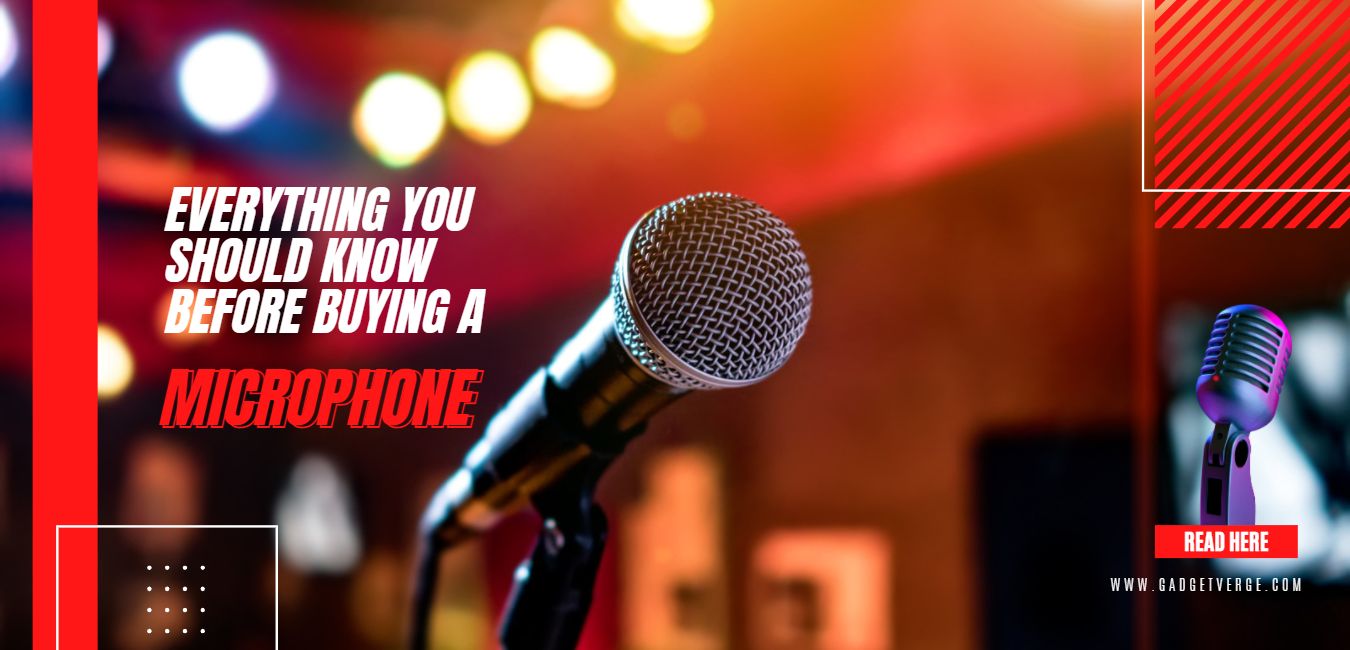

We’re passionate about music and our recommendations are genuine. If you buy through links on our site, we may earn a small affiliate commission at no extra cost to you.
Buying a microphone can be overwhelming. There are so many choices!
We’ve put together this guide to help you choose the best mic for your needs. It includes information on everything you should know before buying a microphone – different types of microphones, how to know when it’s time for an upgrade, and what accessories you should consider buying with your new mic.
Whether you’re looking to start recording in your home studio or improve the quality of the podcast that’s just getting started, we’ve got everything you need right here in one place.
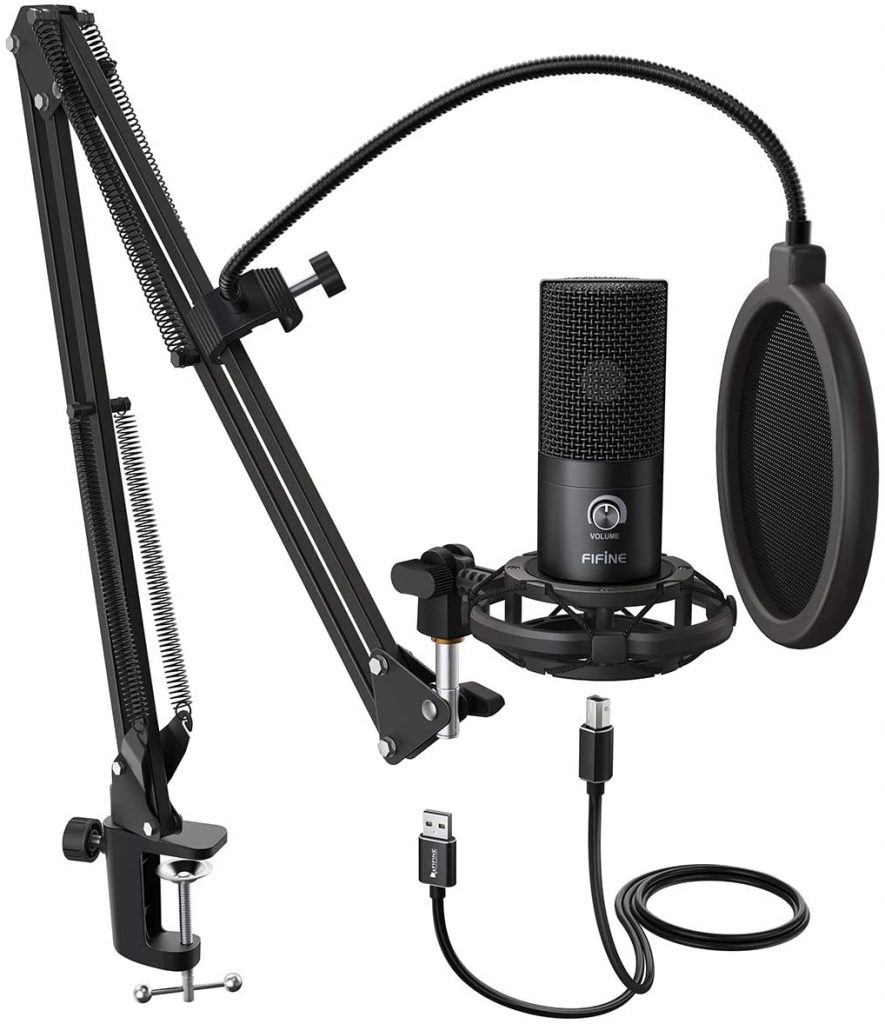

Microphones have a diagram, just like the eardrum. It allows the microphone to hear sounds and then transform them into electrical signals. For example, while we sing or play an instrument, we emit mechanical waves. These waves change according to the way we use the instruments or our mouths. The modified aspects are wave frequency (tone) and pressure levels (volume) – the process for converting waves into electrical signals changes according to the type of microphone.
For example, airwaves hit the microphone diaphragm in a dynamic microphone and vibrate in different ways to pick up sound. As it vibrates, it moves a permanent magnet over an electrical coil attached to the diaphragm, allowing the electrical current from the microphone to flow. This current is what reaches an amplifier or audio recorder.
When buying a microphone, be it a microphone for singing, broadcasting, or to use with the PC, the first thing you should know is what type it is. Microphones differ according to the way the diagram generates the electrical signal. Next, we explain the different types of microphones that exist and what they are used for.
Dynamic microphones are the preferred choice for events. This is because they are quite strong and can withstand falls. In addition, they are capable of working with very high volumes at levels that would damage a condenser microphone.
A dynamic microphone is less sensitive than a condenser microphone when it comes to picking up higher frequencies. For this reason, they are not often used in studios to record vocals or instruments, except for some rap or rock vocals. But, on the other hand, they reduce external noise significantly. (1)


A dynamic microphone, unlike a condenser one, does not require external power. This is because the diaphragm can generate enough power to send the signal to the mixer or digital audio interface.
Dynamic microphones are versatile and reliable. You can use them to pick up the sound of guitars, basses, and drums without having to worry about distortion or volume. They are less faithful than condenser microphones but are ideal for recording very loud sounds, especially live.
A condenser microphone integrates a small capsule that contains a conductive electrical membrane.
The membrane is very close to a metal plate, and the space that forms between the two is called capacitance. When the capsule picks up a sound, the membrane vibrates, so the distance between the membrane and the plate varies rapidly, changing the capacitance. (2)
This process generates the electrical signal that our equipment recognizes as sound. As a result, condenser microphones produce higher fidelity and quality sound than dynamic microphones, making them ideal for studio recordings. On the other hand, unlike a dynamic one, a condenser microphone needs external power, known as phantom power. Any mixer or audio interface comes with phantom power to use them. However, some condenser microphones use batteries for power.
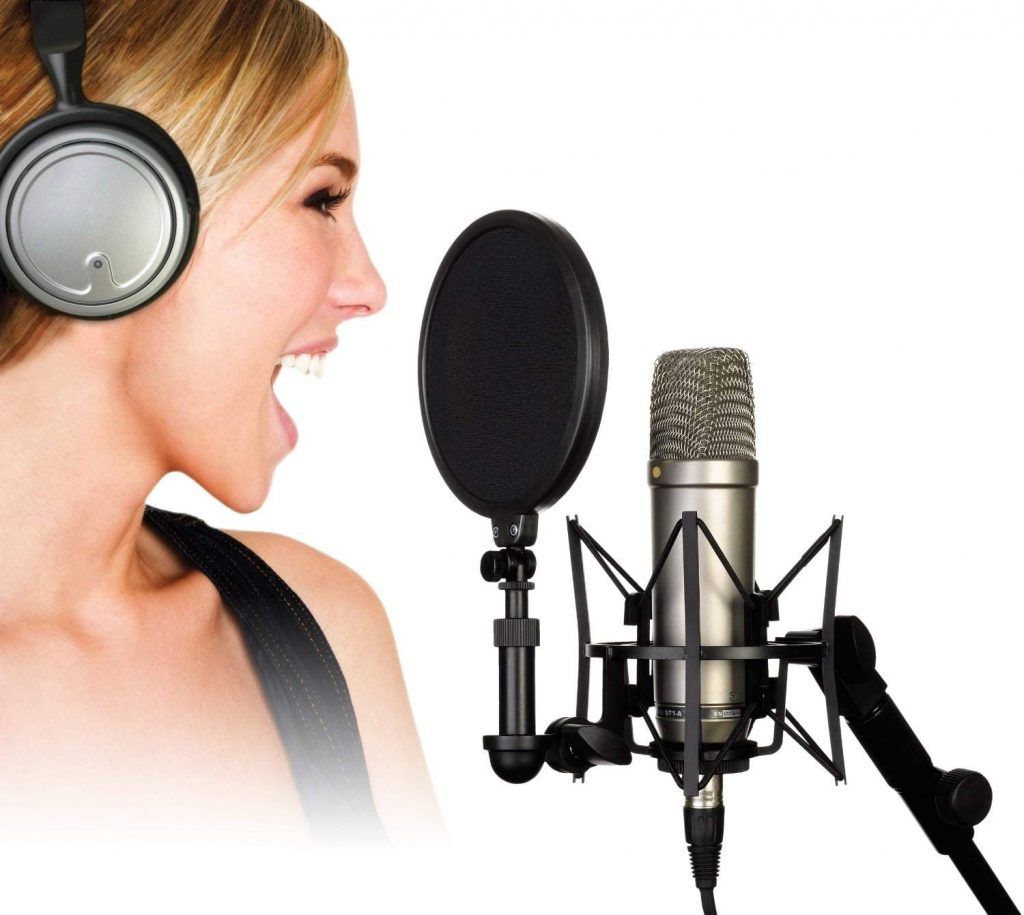

The condenser microphone performs very well, no matter what instrument or vocal you want to record. They offer the highest sensitivity to any dynamic microphone and can capture subtle details.
However, the high sensitivity can also pick up the sounds around you, so you must be careful to keep the space quiet when recording. They also have less sound pressure (volume) than dynamics. Therefore, they can be easily damaged if you use them at levels higher than recommended.
Condenser microphones are the best option for anyone who wants to set up a home studio, although they are more expensive than dynamic ones. You can use them to record vocals, guitars, or any acoustic instrument, even drum sets. Of course, you have to treat them with care.
Ribbon microphones are no longer popular, but they were used a lot before, especially on the radio. These microphones integrate a light metal band that captures the speed of the air that comes into contact with it. They are very sensitive to high frequencies and capture sound with unique warmth. They can record a vintage vibe in the sound, but you can also combine them with other microphones to record instruments. (3)
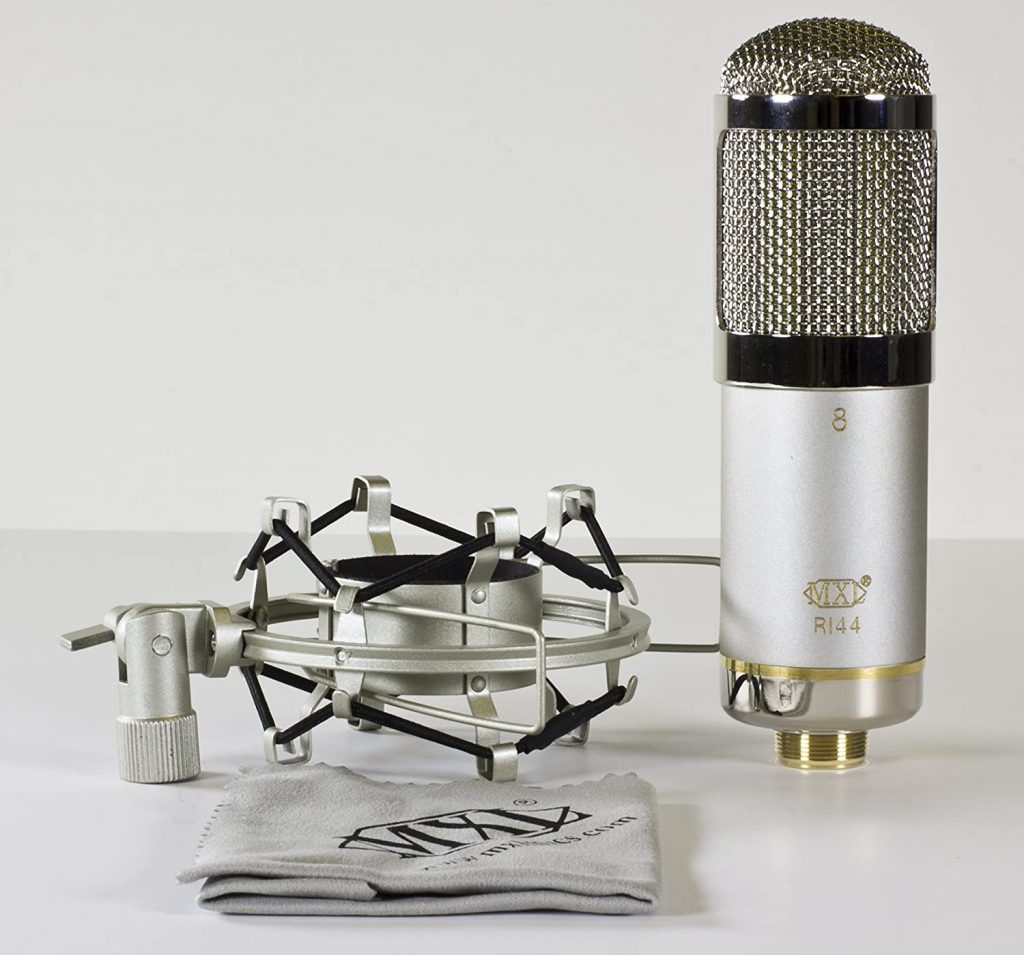

Ribbon microphones are very sensitive and must be treated with great care because they can be easily damaged. However, you can use them to record strings, guitar amps (with a dynamic microphone), and vocals. The option to sync a dynamic mic to a ribbon mic is often used for guitar amps. Together they produce a very rich and warm sound.
A cardioid microphone captures all sound from the front and blocks the other angles. This pattern allows you to point the microphone towards the sound source without worrying about picking up any unwanted noise from other angles. They attenuate the side and rear sound noticeably. Cardioid microphones are the most popular on the market. They are ideal for events and for recording vocals or instruments.
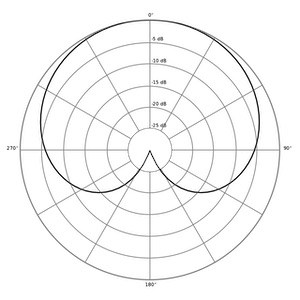

Cardioid microphones can cause subtle coloration when the source is not properly positioned, so correct placement when recording is very important. However, they are very versatile microphones and can be used to record any sound, as they help to record certain sounds and avoid ambient sounds or noises.
These microphones also pick up sound from the front but have a narrower sensitivity than cardioids. They are better than cardioids at avoiding ambient noise and are ideal for very noisy environments. They are also used a lot in studies. You can point them at any instrument, and they will pick up just that sound.
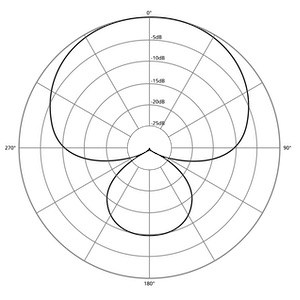

These types of microphones capture sound from all angles. Due to their non-directional design does not reject any noise, so they capture a more natural sound than cardioids. You can use them in studios and special environments with good acoustics.
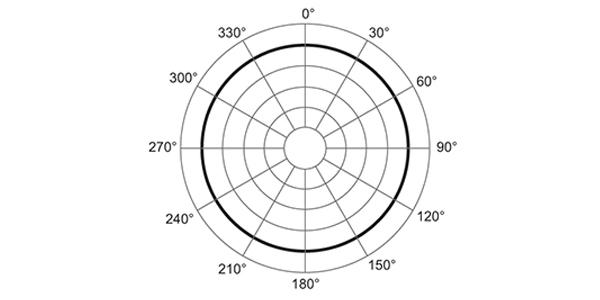

The obvious downside is that they don’t reject ambient noise, so you can’t use them in noisy spaces. However, they are great for capturing how a voice or instrument sounds naturally within a room or recording ambient sounds.
Two-way microphones capture sounds from the front and rear simultaneously. They are very similar to Omni-directional microphones, only that they reject sounds from the side.


Bidirectional or figure-8 microphones are less versatile and popular than the other types but are ideal for one-off uses. Front-to-back sensitivity makes them the best choice for stereo recordings or capturing two or more instruments simultaneously from a single microphone.
A unidirectional microphone has an even more directional polar pattern than super cardioids. This type of microphone is often used in recordings of fictional films and plays. Due to the very narrow pattern, they have a very small margin of error. If you are looking for a microphone to record vocals but are not that experienced, it is more advisable to opt for a super-cardioid microphone.
These types of microphones, as the name suggests, are capable of switching between different polar patterns. This option is usually found in condenser USB microphones, which can have a switch to switch between the different patterns. Other microphones offer the same flexibility but require different heads. A mic for recording multi-pattern is very versatile, obviously, but also delicate. Therefore, all extra parts, such as the heads, must be treated with great care.(4)
A microphone picks up sounds through a diaphragm, a small material that vibrates when it comes into contact with airwaves. These vibrations convert sound waves into electrical energy. Three main types of diaphragms are classified according to size. The size of a diaphragm affects the ability of a microphone to withstand sound pressure or volume levels, sensitivity, and dynamic range.
Microphones with small diaphragms are known as pencil-type microphones because of their thin, cylindrical shape. They are light and easy to position, but they are also resistant. They can handle very high volumes and have a wide dynamic range. You can use a pencil-style recording microphone for acoustic guitars, hi-hats, cymbals, and other instruments. As against, their sensitivity is low, and they produce a higher internal noise.
The larger the diaphragm, the more vibrations it captures. This produces better sonic details and higher fidelity sound. Microphones with large diaphragms can detect subtle differences in the waves, resulting in a more transparent and natural sound. The high fidelity of sound they emit has made them the preferred choice in studios. A modern USB or PC microphone often comes with this design. You can use them to record anything: vocals, guitars, and any instrument. Just keep the volume at the recommended levels to distort when the sound pressure is too high.
Microphones with medium diaphragms – also called hybrids – combine the characteristics of large and small diaphragms. They tend to produce warm, rich sounds, similar to large diaphragms. These microphones are gaining a reputation for recording live events and in some studios. However, if you are looking for a microphone for recording vocals in a small studio, it is preferable to opt for a large-diaphragm microphone.
Sound Pressure Level, or SPL, indicates the highest volume a microphone can work with without distorting the signal or losing quality. It is not a very important factor unless you are recording very aggressive vocals. However, a good singing microphone usually controls the SPL, allowing you to adjust it for any occasion. If you have a limited budget, we recommend opting for models with this option since they are very versatile and can be used to record any sound, voice, or instrument.
Frequency response indicates the range of sounds that a microphone can pick up. The standard range for microphones is usually 20-20kHz. You will need a microphone that can pick up all sounds in the most neutral way possible for most occasions. This means that the low, mid, and high tones will be processed equally, and no hue will overshadow the others.
However, for specific uses, you may need microphones that perform a little differently. For example, Vocals rich in the bass are easier to record with microphones that offer an extended bass response, and the same applies to high-pitched voices.
The three-pin XLR connection has been the standard for microphones for a long time, but there are very good USB microphones on the market today. Several PC microphones and voices, such as the Blue Yeti Pro, integrate both connections. However, most sound professionals, musicians, and producers have always used XLR-connected microphones in studios and live performances.
What might be the reason? Well, many people believe that a USB microphone produces less sound than an XLR one, but this is not true. The USB connection does not affect the quality, but the audio interface it is connected to.
All professional audio interfaces integrate XLR connections. The USB input on your computer synchronizes the microphone with an integrated audio card that is usually much cheaper than a professional interface, produces better sound, and costs a bit more money.
The best thing about a USB microphone is that you can connect directly to your computer, and it is ready to go “plug & play”. A USB microphone is ideal if you are starting with voice recording and want an inexpensive option. Plus, they don’t need external power or phantom power.
Phantom power refers to an external power source that provides the electric charge required for a condenser microphone can function. All professional audio interfaces come with phantom power.
However, a USB condenser microphone does not need Phantom Power. The great thing about a USB microphone is that you get all the power you need from the USB port, meaning that you won’t have to worry about purchasing an additional expensive audio interface.
Microphones are the most important equipment for any sound engineer, so proper maintenance and care are essential. However, if you treat a microphone well, it can perform wonders for a long time.
Here are some tips so that you can enjoy your equipment for many years to come.
Bit depth and sample rate measurements indicate the quality of a digital recording. For a computer to record sounds, the audio has to be converted from analog to digital, which is accomplished by separating a continuous analog audio source into 0s and 1s. (5)
We can compare this process to recording a movie or video. Any scene in a movie is made up of still images that are put together to achieve the sensation of movement. The standard for cinema is 24 frames per second. Computers perform a similar process with sound, but instead of frames, we are talking about samples. The sample rate indicates the number of digital fragments that appear per second. A standard microphone has simple rates of 44.1 kHz or 48 kHz (44,000 and 48,000 samples). The best microphones for PCs or voices usually improve this number.
The Blue Yeti Pro, for example, has a sample rate of 192 kHz. On the other hand, the bit depth measure indicates the pieces of information found in each sample. This measurement affects the signal-to-noise capability of a microphone and also influences the dynamic range.
The normal measurements of bit depths are 16 and 24 bits per second. If a microphone has sample rates of 44.1 kHz and a bit depth of 16, it means that each of the 44,100 samples contains 16 pieces of information. Beyond the technical aspect, the higher these measurements, the more faithful the sound will be.
However, most users will not notice any difference between the 44.1 or 48 kHz sample rates or the 16 or 24-bit depth. So it’s not a very important aspect to consider unless you’re a sound freak.
If you want to start recording but don’t know what type of microphone you need, the first thing you have to consider is what type of recording you will make and where you will make it.
For example, if you think of recording a travel video or audio blog, you will probably want a portable and lightweight one. The Samson Go mic is an excellent budget option for this use.
On the other hand, if you are looking for a microphone to record voices in a home studio, you can opt for a heavier option. We recommend using a large-diaphragm cardioid condenser.
There are several great and affordable options on the market, like the Rode NT1. The Rode NT1 offers great performance but requires external power (phantom power). If you don’t want to spend on an audio interface and need a podcast microphone or a PC microphone, one with USB connectivity may be the ideal solution.
The Blue Yeti, for example, is great and affordable. Large-diaphragm condenser microphones are great for recording vocals indoors, but if you prefer a warm, vintage sound, you can opt for a ribbon or a dynamic one.
On the other hand, omnidirectional microphones are ideal for capturing choirs in places with good acoustics, such as churches or theaters. Finally, if you are looking for a microphone to sing live, the best option is dynamic. They are rugged and can withstand very high sound pressure levels (SPL), minimizing the possibility of distortion. The Shure SM58 is a classic, excellent and affordable dynamic microphone.
We recommend starting with a USB microphone. These are the best for beginners because they’re plug-and-play and don’t require additional equipment or software to start recording, editing, or streaming audio. The downside is that you will need an external computer to use this type of mic.
If you prefer not to record your voice through speakers (which may sound too wet), we would advise purchasing a desktop microphone instead. You can find these at most electronics stores, but be sure to try them out before buying! They all have different qualities, so it’s important to test them out before committing to one model.
References:
1.WHAT IS A DYNAMIC MICROPHONE? from https://www.neumann.com/homestudio/en/what-is-a-dynamic-microphone
2.What is a Condenser Microphone? from https://www.neumann.com/homestudio/en/what-is-a-condenser-microphone
3.Ribbon Mics — How They Work and When to Use Them from https://www.sweetwater.com/insync/ribbon-microphones-how-do-they-work/
4.Why Do Microphones Have Different Pickup Patterns? from https://www.neumann.com/homestudio/en/cardioid-omni-figure-8-why-do-microphones-have-different-pickup-patterns
5.Digital Audio Basics: Audio Sample Rate and Bit Depth from https://www.izotope.com/en/learn/digital-audio-basics-sample-rate-and-bit-depth.html